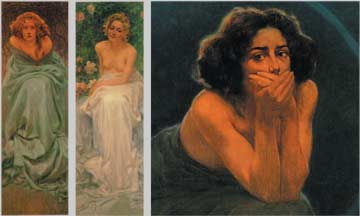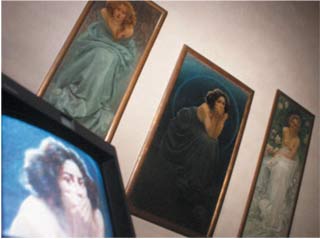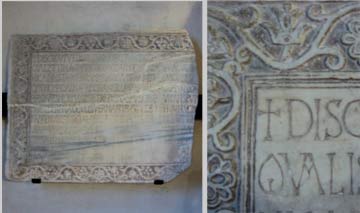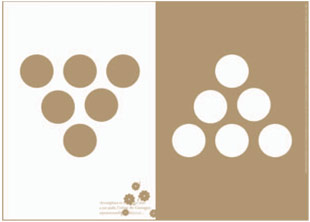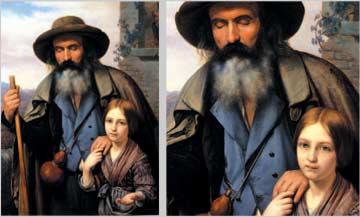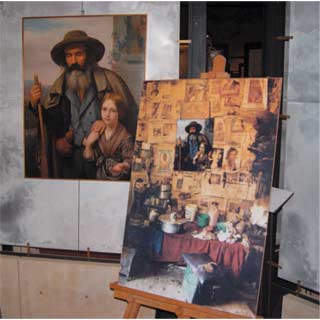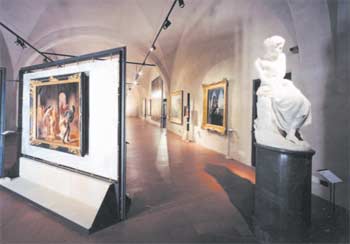
MUSEI CIVICI DEL CASTELLO VISCONTEO
Viale XI Febbraio
tel. 0382/33853
![]() critical text by
critical text by
Roberto
Figazzolo
What does a young video-artist think while looking) at the work by another artist who used a different technique and lived in another epoch and in another context, but who maybe felt the reality around him in the same way? Riccardo Poma confronts with the triptych by Giorgio Kienerk, Il piacere, il silenzio, il dolore (Pleasure, silence, pain), reworking it beyond its evident symbolism. The portrayed models abandon the idea they have embodied for more than a hundred years and become simple women again. A voice adds to the one already existing and another one reaches them. Overlapping, repetitions, incoherent sentences. A psychoanalytical confession revealed as such only later through the images in the monitor.
Riccarda
Mandrini
Il mendicante
cieco (The blind beggar) was chosen by Pierpaolo
Vigevani, who placed this painting in a different context, an ordinary
one, picked out from the many, too many marginalized realities of the
megalopolises' suburban outskirts. The shanty towns crowded with houses
made of tin, wood, scrap material coming from the waste piled up in the
cities' rubbish dumps.What does it mean to exhibit the affiche
of a work of art exposed in a European city museum in such an extreme
background, where normality is painstakingly restored?This work was carried
on following the rules of music and image sampling, and makes this expropriation
of images become the true epicentre of contemporary art production.With
Cuningpert's Rhythmic Epitaph , Teresa Sdralevich works on the
idea of elaborating an epigraph, seen as a sort of funerary poster, from
a contemporary point of view, but she does not confine her work there.
She steals, here and there, precious friezes exposed in the sixth room.
Her work suggest the viewer a new reading of ancient history, thanks to
the help of a simple and immediate perception: the poster.
